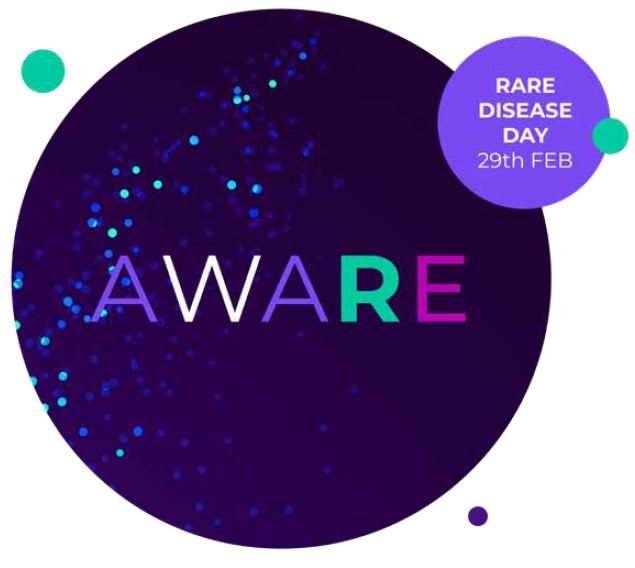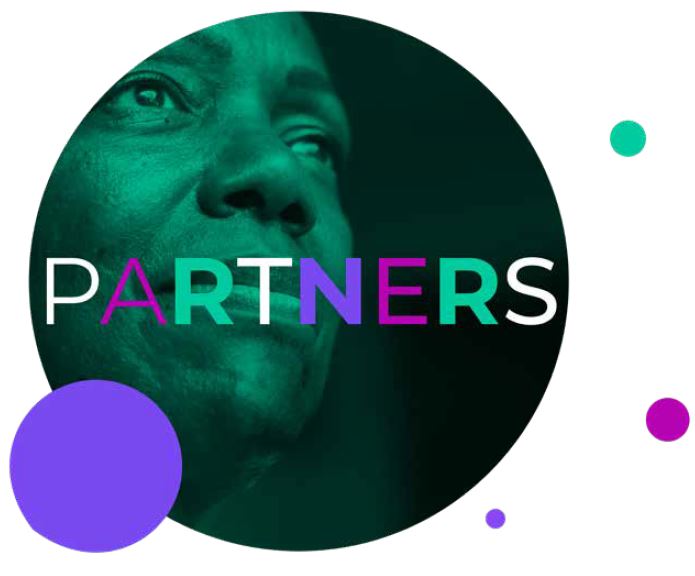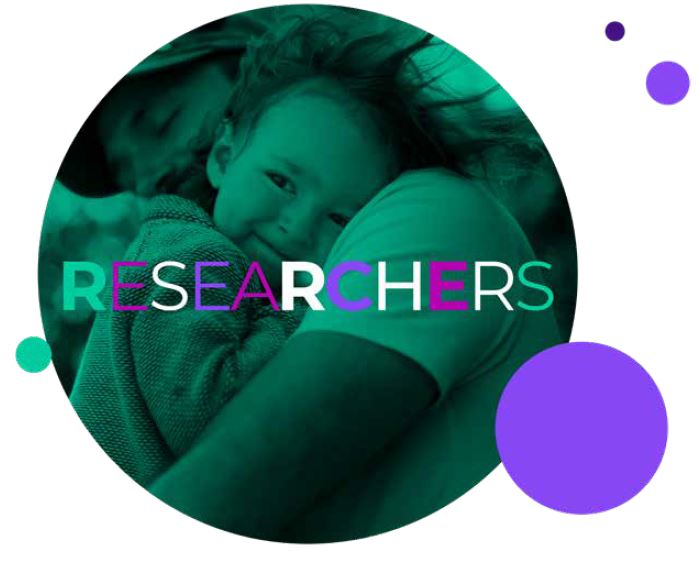Commonalities in Rarity: How Can We Make It Matter for People with Rare Diseases?

Rare diseases are those affecting only a small proportion of the general population. However, it is estimated that there are more than 7,000 rare diseases and, while these may be individually rare, they are collectively common.1,2 In Europe, approximately 1 in 17 people are affected by a rare disease at some point in their life!1,3
In our role as medical communications professionals, we understand that people with rare diseases are often the experts in their own health. When working in rare diseases, we bridge the distance between pharmaceutical and biotech companies and individuals with rare diseases so the rare community is always at the heart of treatment advances.
Patients as partners: Understanding rare diseases

Due to the limited numbers of, and access to, specialists, individuals are
increasingly becoming experts in their own rare diseases.
People living with rare diseases are often well informed on the latest research, emerging treatment options and prominent unmet needs. As such, patient partnerships are vital to expanding our understanding of rare diseases.
How do we make it matter?
- We work directly with patient experts, to allow their voice to be
heard and ensure our clients are addressing the needs of the patient community - We connect our clients with patient engagement opportunities
and encourage the co-creation of educational materials - We use accessible, inclusive and informative language in our patient-facing materials
Working at the frontiers: Rapidly evolving treatment landscapes
It is a pivotal time for the rare disease community. Many rare diseases are monogenic and therefore offer the possibility of cell- and gene-targeted therapies, a rapidly evolving field with numerous products in development. With this new progress, a significant educational gap is emerging; information on these novel modalities needs to be communicated to healthcare practitioners, patients, and caregivers/care partners.
How do we make it matter?
- We educate and communicate about the treatment experience and patient journey for new treatment modalities
- We help to manage expectations of novel therapies, as cell and gene therapies may not offer a complete cure
- We differentiate between therapies with similar modalities to inform shared decision making
Translating basic research: From bench to clinical development
Many therapies for rare diseases are being developed by companies that may be relatively new to clinical development and marketing, so bridging the gap between scientific research and patient outcomes is essential. To add to the challenge, fast track regulatory approval or orphan designation is common with rare disease products, shortening the clinical trial process and increasing the need for impactful communications.
How do we make it matter?
- We build specialized teams with experience in communicating preclinical data
- We use creative data visualization approaches to explain preclinical data and
their association with clinical outcomes - We plan publications and communications to strategically prioritize
data release for shorter regulatory turnaround times
Recruiting in rare: Designing clinical trials around the patient
The nature of rare disease means that clinical trial design can be challenging. Trial populations may be small and heterogeneous, and endpoints unvalidated or unstandardized. To best serve the rare disease community and bring products to market that improve their lives, trials and endpoints need to be meaningful to those living with rare diseases.
How do we make it matter?
- We consult patients, caregivers, and patient advocacy groups on clinical trial design to minimize participant and caregiver burden, and include patient-centric endpoints to ensure outcomes are meaningful
- We produce lay clinical trial descriptions and encourage inclusive eligibility criteria to increase the accessibility of clinical trials
- We support the publication of real-world case studies and case series to share experiences and add to clinical data
References:
- GOV.UK Rare Disease Framework. Available at: https://www.gov.uk/government/publications/uk-rare-diseases-framework/the-uk-rare-diseases-framework. Accessed 20 February, 2024
- US Food & Drug Administration – Rare Disease at FDA. Available at: https://www.fda.gov/patients/rare-diseases-fda. Accessed 20 February, 2024
- European Medicines Agency – Development of medicines for rare diseases. Available at: https://www.ema.europa.eu/en/news/development-medicines-rare-diseases. Accessed 20 February, 2024
Jump to a slide with the slide dots.
The Role of AI in a Data-Centric Approach to Biotech Commercialization
For emerging biotechs, a data-centric approach is crucial to successful commercialization.
Read moreLeveraging the Transformative Power of AI: Surge, Segue, or Distraction?
The biotech industry is a highly competitive landscape, with numerous stakeholders vying for attention and resources. As emerging companies gear up to
Read moreInizio Medical Issues Urgent Call to Action for AI Adoption in HCA Statement
A newly published AI roadmap, co-authored by the Healthcare Communications Association (HCA) and Inizio Medical’s...
Read more



